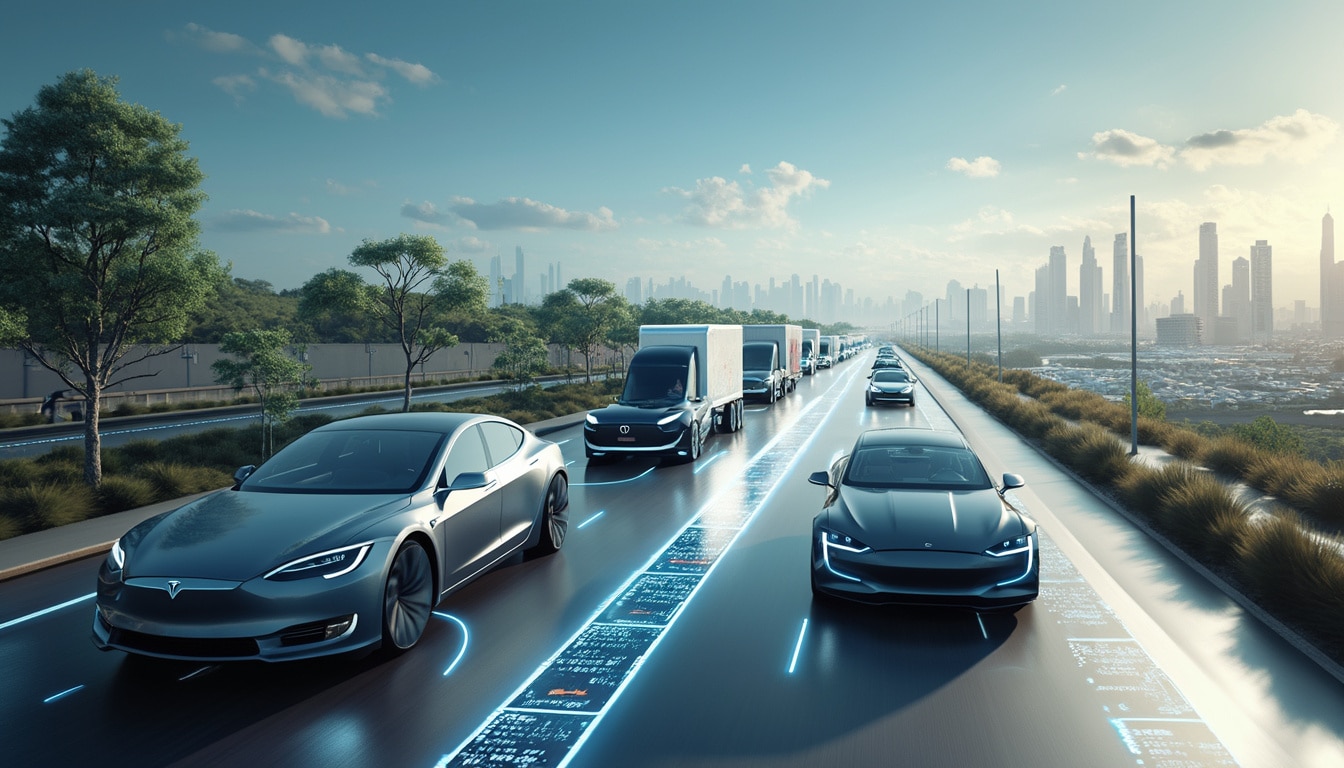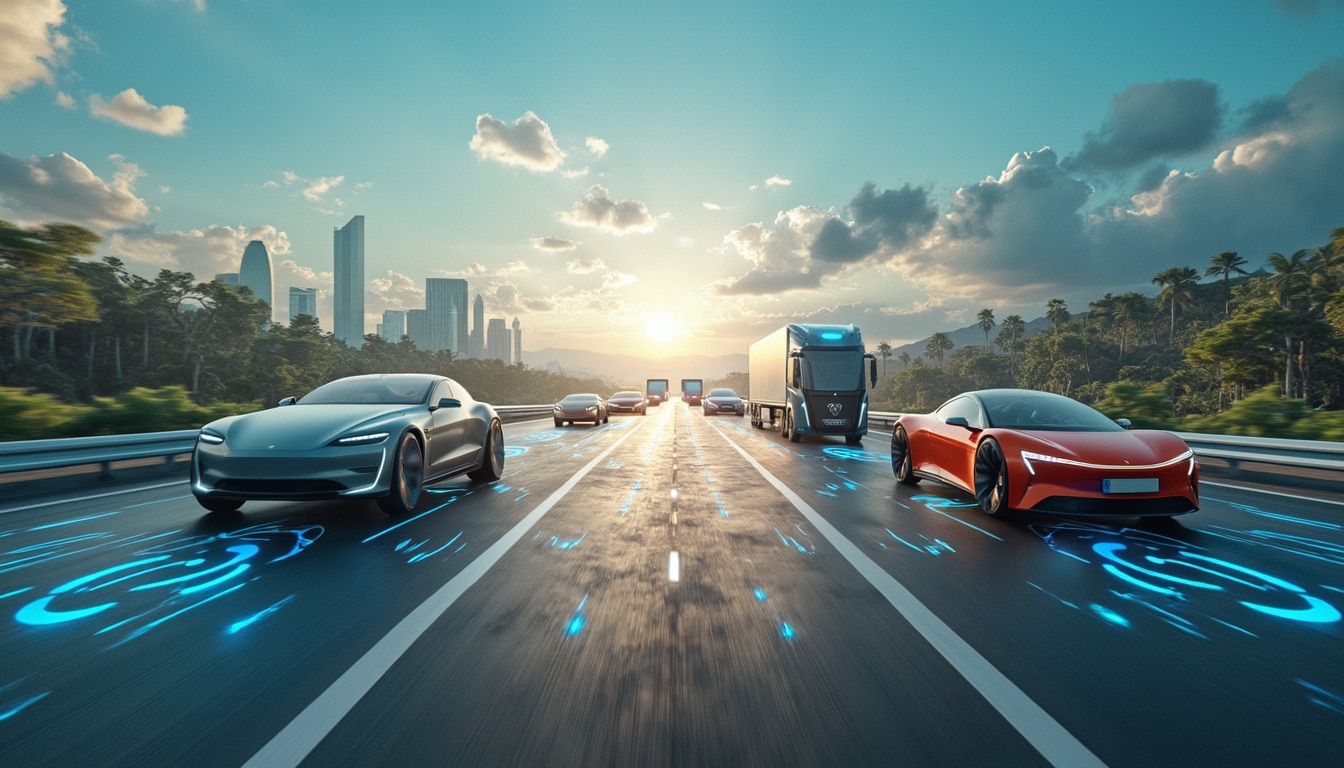
Have you ever dreamt of cruising down open roads in your electric vehicle while its battery charges effortlessly without stopping? Well, thanks to some genius minds at Indiana’s Department of Transportation and Purdue University, we’re getting closer to making this a reality. Imagine it: electric highways with wireless charging capabilities built right into the road, eliminating those tedious plug-in sessions. This is not just a futuristic concept; it’s the next step in sustainable transportation innovation. Check out this remarkable initiative here!
Table of contents
ToggleHow electric roads work
So, how does this ingenious technology function? You can expect the roads to feature embedded coils that create an electromagnetic field, allowing electric vehicles (EVs) to receive energy wirelessly while cruising over them. The tech geeks like to compare it to the magical process of inductive charging, where electric currents jump through thin air; it’s like charging your smartphone wirelessly—only it’s a car, and it’s going 65 mph! These futuristic roads will lead to significantly fewer limitations for electric vehicles, as explored in further detail on this site.
The impact on vehicle design and the future of transportation
If your ride charges itself while you drive, say goodbye to hefty batteries and constant pit stops. With smaller batteries, electric vehicles could become lighter, cheaper, and potentially more accessible to the everyday consumer. Reduced battery size also means more cargo space for electric trucks, paving the way for a more efficient logistics sector. The implications of mass-scale wireless charging are endless, and researchers are zooming towards implementing this innovation widely. Read more on how these advancements are shaping our roads here.













